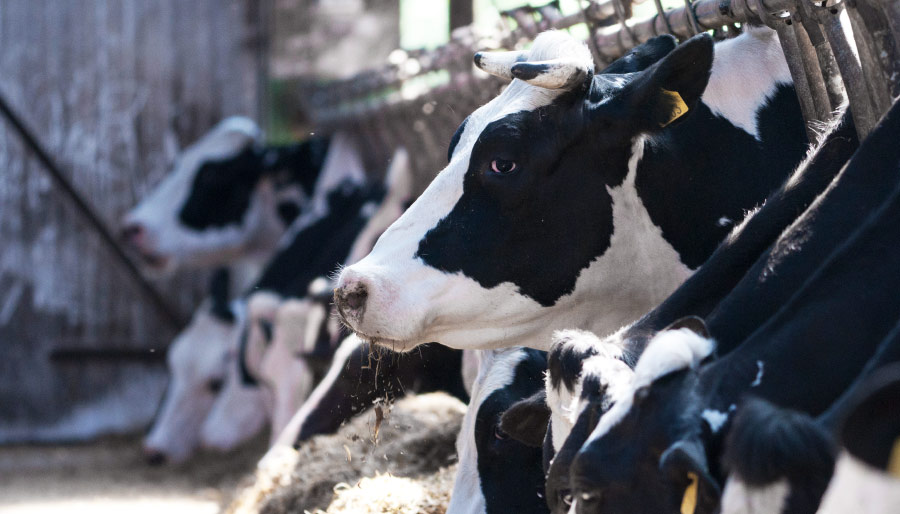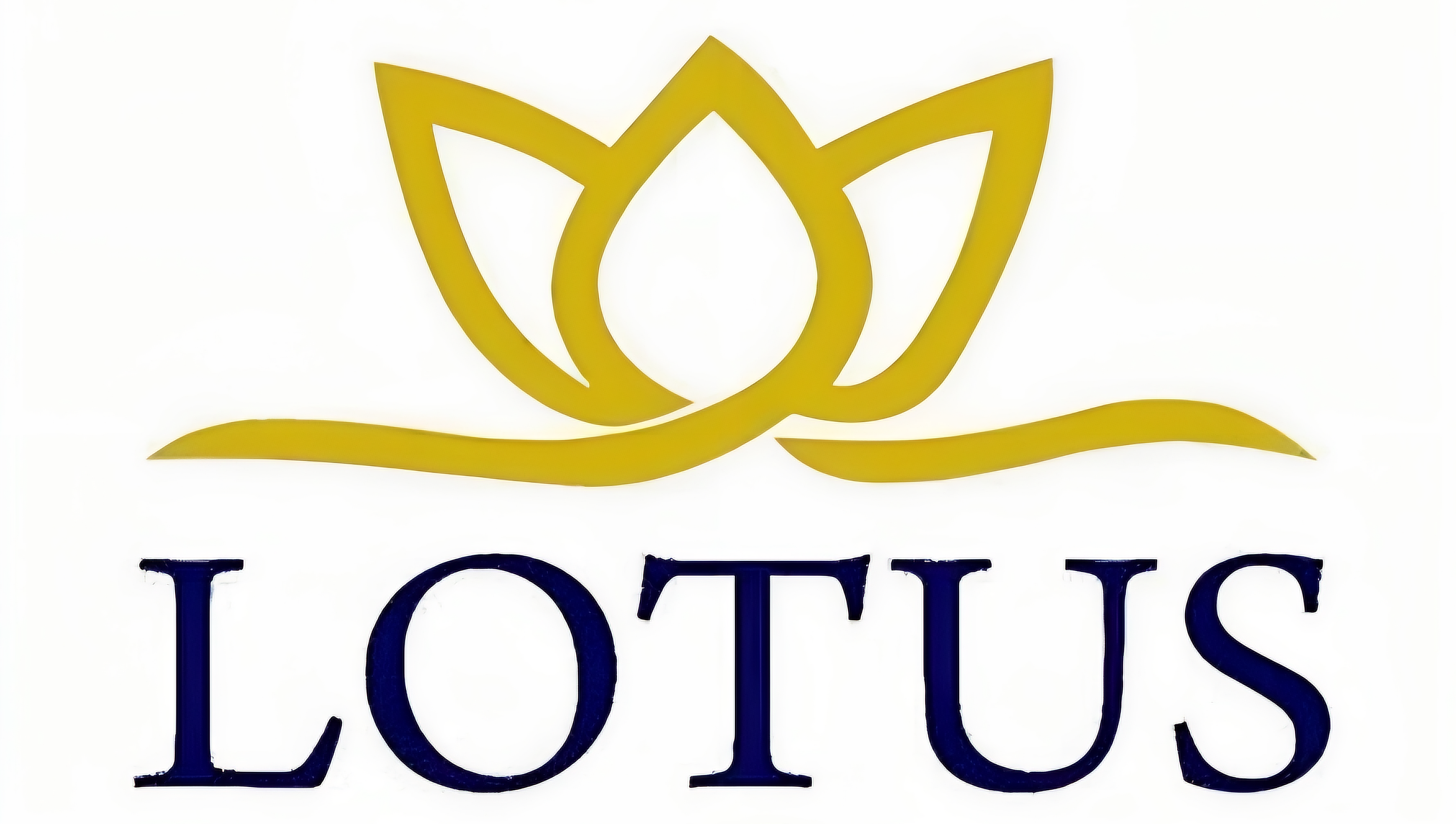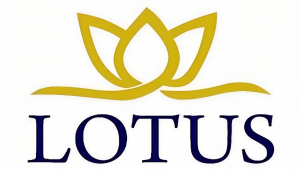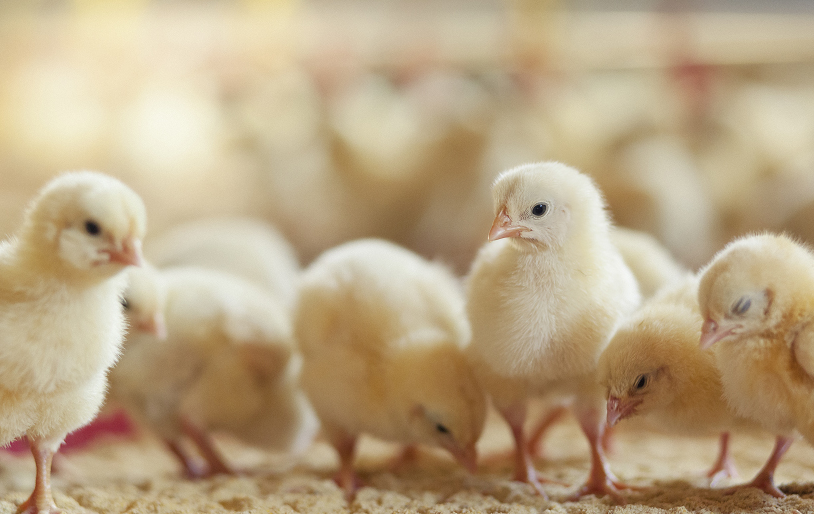In North America, heat stress is a significant cow health issue with economic consequences.
The combination of lost milk and
components, poor reproductive
performance, rumen acidosis,
increased health care costs and
reduced heifer growth rates can
have a significant financial impact
on the dairy.
Ambient temperature is well
known to affect milk production,
and its effect is compounded
by relative humidity. A better
predictor of whether a cow is
adversely affected by heat is the
temperature-humidity index (THI), which is a combination of relative
humidity and ambient temperature.
A cow shows signs of heat stress when the THI is as low as 68 (Zimbelman
et. al., 2009). Productivity can start to decrease with mild to moderate
heat stress when observed THI levels are between 72 and 79. When relative humidity is high, this point can be achieved at moderate temperatures
(see THI chart).
Individual cows can be affected differently by heat stress. For instance,
higher-producing cows are more likely to exhibit signs of heat stress than
lower-producing cows because higher-producing cows generate more heat
as they consume more feed for higher levels of production. Dairy cows
have a need to dissipate extra heat generated as a result of metabolizing
more nutrients from feed. Approximately two pounds of milk production
is lost for every pound of decreased dry matter intake when temperature
and humidity levels are high (Pennington and Van Devender 2011).
Reduced dry matter intake (DMI) has a financial impact on milk production and when cows are heat stressed they will tend to eat less often and
more at each feeding, which can lead to acidosis. Dr. Lance Baumgard
(Innovations, April 2007, Iowa State University) had the following comments on how significant heat stress can be on the disruption of a cow’s
normal feeding pattern:
“A disruption in feeding patterns is very significant for several reasons.
• First you’ll see a reduction in feed intake, which is a natural mechanism
designed to reduce the cow’s metabolic heat.
• You’ll see her feeding in bouts (during the cool evening), and this may
alter her lactic acid production.
• Reduced rumination means less saliva production and therefore, less
buffering capacity in the rumen.
• Drooling also reduces the amount of high quality saliva used in buffering
as well.
All these factors can put her at an increased risk of developing rumen
acidosis.
When asked to further explain
the physiological effect behind
these observations, Dr.
Baumgard responded with the
following comments: “The
increased respiration also
increases the amount of CO2
expired. To compensate, the
kidney dumps HCO3
which is required to buffer the rumen. Combined
with the loss of saliva the potential for rumen acidosis increases greatly.
Our research has also shown that the heat stressed cow becomes hypersensitive to insulin and has decreased NEFA levels along with an increase in
glucose disposal. The cow appears to preferentially burn glucose because
that may create less metabolic heat (up to 13% less) than burning fatty
acids, which is normal when she has reduced feed intake. Heat stressed
cows require extra energy however, especially from glucose which is now
in short supply. Ultimately she ends up with
less glucose going to the
mammary gland from
the liver, which reduces
lactose production. It’s
like “survival mode” for
the cow, in that she partitions her nutrients in a different way. Therefore,
nutritional strategies to increase ruminal propionate production and liver
glucose output or reduce
sensitivity to insulin are
very important.”
When asked if a DFM
like Probios® Precise can
help with heat stress, Dr.
Baumgard concluded:
“I think so. The scientific
literature suggests that
Probios Precise fed cows
have increased DMI and
a more stable rumen




